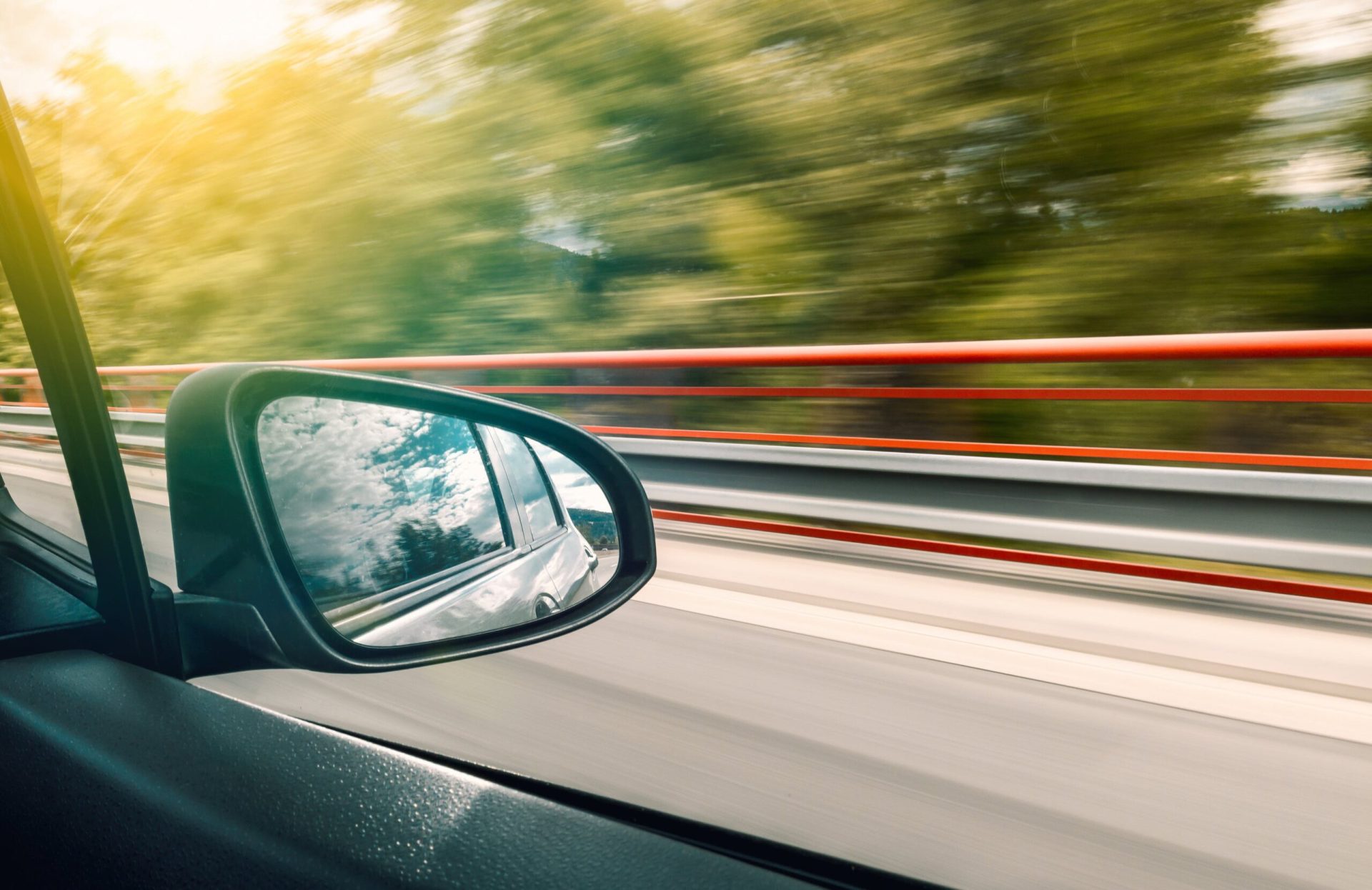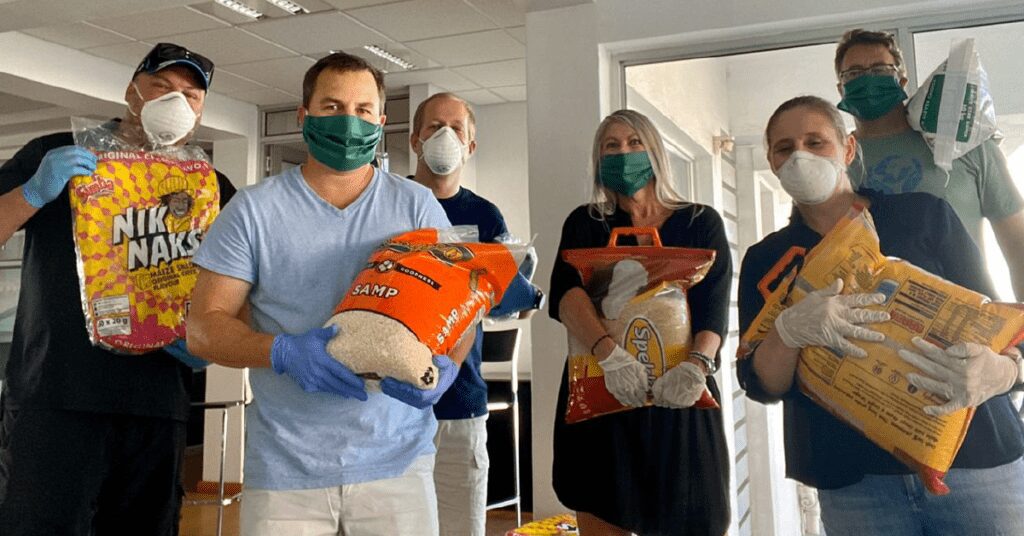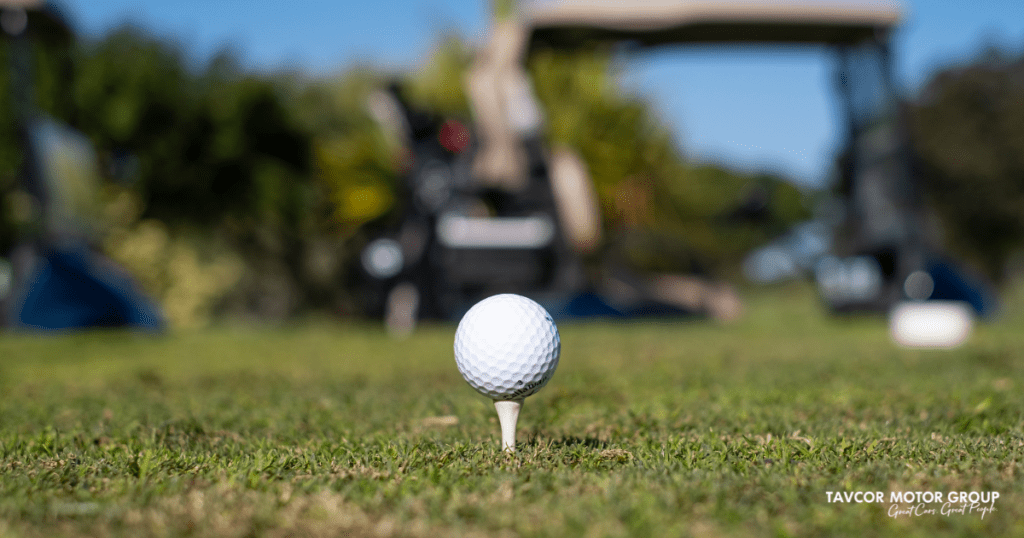Considering the amount of time that you’ll spend in your car and the financial investment involved, buying a new or previously owned vehicle is not a decision to be taken lightly.
Luckily, when you’re purchasing a car through a reputable dealership, you can try before you buy – and take the vehicle you’re interested in for a test drive.
At Tavcor Volkswagen, we believe that a thorough test drive is essential. We want you to feel confident that you are making the right choice and that the vehicle you have chosen is the right match for you (and, if relevant, your family too).
Ready to test drive a car like a pro?
Here are our ten top tips:
- Get to know the car
Make sure that your salesperson introduces you to the car and explains all the features and fittings, including optional ones that you can include if you wish to do so. Make sure you know where all the controls are – for the lights, windscreen wipers, air conditioning, infotainment system, seats, mirrors and so forth. You also need to know how the car functions before you leave the showroom, so that you can drive safely and concentrate on the car’s performance. - Will you be comfortable?
When you first get into the car, adjust the seats, steering wheel and mirrors to suit your comfort levels and assess whether the car is a good fit for you. Does the car cater for your ideal driving position? Do you feel comfortable in the seat? Is there sufficient support for your back? Are you able to reach the pedals easily? Is there enough legroom? Can you see all the instruments and access all the controls when you’re driving? - Gauge your visibility
Once you have adjusted your seat into your preferred driving position, look around and assess whether you have a clear view through the front and back windscreens. Can you easily see all the mirrors? Make sure you can adjust all the mirrors to suit your personal needs. - Check the storage space
Evaluate whether the boot, glove compartments, centre console and door panels provide enough space for your belongings. You need to be confident that the boot is big enough to accommodate the things you transport regularly – from luggage, golf clubs and other sports equipment to groceries, school bags and pushchairs. If you will need to fold down a rear seat to fit a larger item in regularly, make sure that the seat folds up and down easily. - Consider your passengers
It’s important to make sure that your regular passengers will be able to get in and out of the car easily. You also want them to feel comfortable, so assess the legroom, headroom and amount of space on the back seat. Another important step, if you have an infant or young child, is to make sure that their car seats can fit securely and comfortably into the car; and that there is enough storage space for their prams and other items. It may be a good idea to bring any car seats along with you. - Give yourself enough time to test different roads
Don’t rush your test drive. You’ll need enough time to put the car through its paces on at least three different types of roads – a typical stop-start street in town, a freeway and a winding road. This will allow you to evaluate how the vehicle performs at varying speeds and in different scenarios. - Peace and quiet
When you head out for your test drive, it’s advisable to turn off the radio and keep conversation to a minimum (if you’re taking a friend along), so that you can listen out for unusual rattles from the suspension, as well as any worrying sounds from the engine. When you’re changing gears in a manual car, make sure that you can do this smoothly without a crunching sound. Once you have tested these issues, try the hooter and sound system to assess whether these get your stamp of approval. - Check the brakes
Be sure to test the brakes – and do this in a safe space, such as a parking lot or quiet stretch of road. Accelerate to the speed limit and then hit the brakes. Ideally, you want the braking system to be smooth and responsive, without being too sensitive or too sticky. You also don’t want the brake pedal to vibrate or shudder when you engage it. If the car pulls to one side when you brake, the vehicle may need a brake adjustment or a change of brake fluid. Also listen to the sound that the car makes when you brake. A high-pitched screeching, grinding or growling sound usually indicates that the brake pads are worn down and need to be replaced. It’s also advisable to look at the brake pads through the spaces between the wheel’s spokes before you begin your test drive. Ideally, you want to see at least ¼ inch of pad. - Take time to park
Spend ten minutes in a parking lot trying different parking styles to see how the car performs. Be sure to parallel park and reverse park so that you can check the quality of vision from every angle, as well as the car’s turning radius. Is the steering wheel easy for you to manoeuvre? If there are parking sensors, reversing cameras and auto park systems, make sure these are reliable. - Will the car fit into your garage or driveway?
This is obviously a critical deciding factor, so make sure you take a tape measure along with you! You need to know that your new car will fit in its designated parking space at home and work – taking other vehicles that share the space into account.
Ready to book a test drive?
Visit Tavcor Volkswagen at our dealership on William Moffet in Port Elizabeth. Alternatively, you can book your test drive in advance HERE on our website.
Happy test driving!




